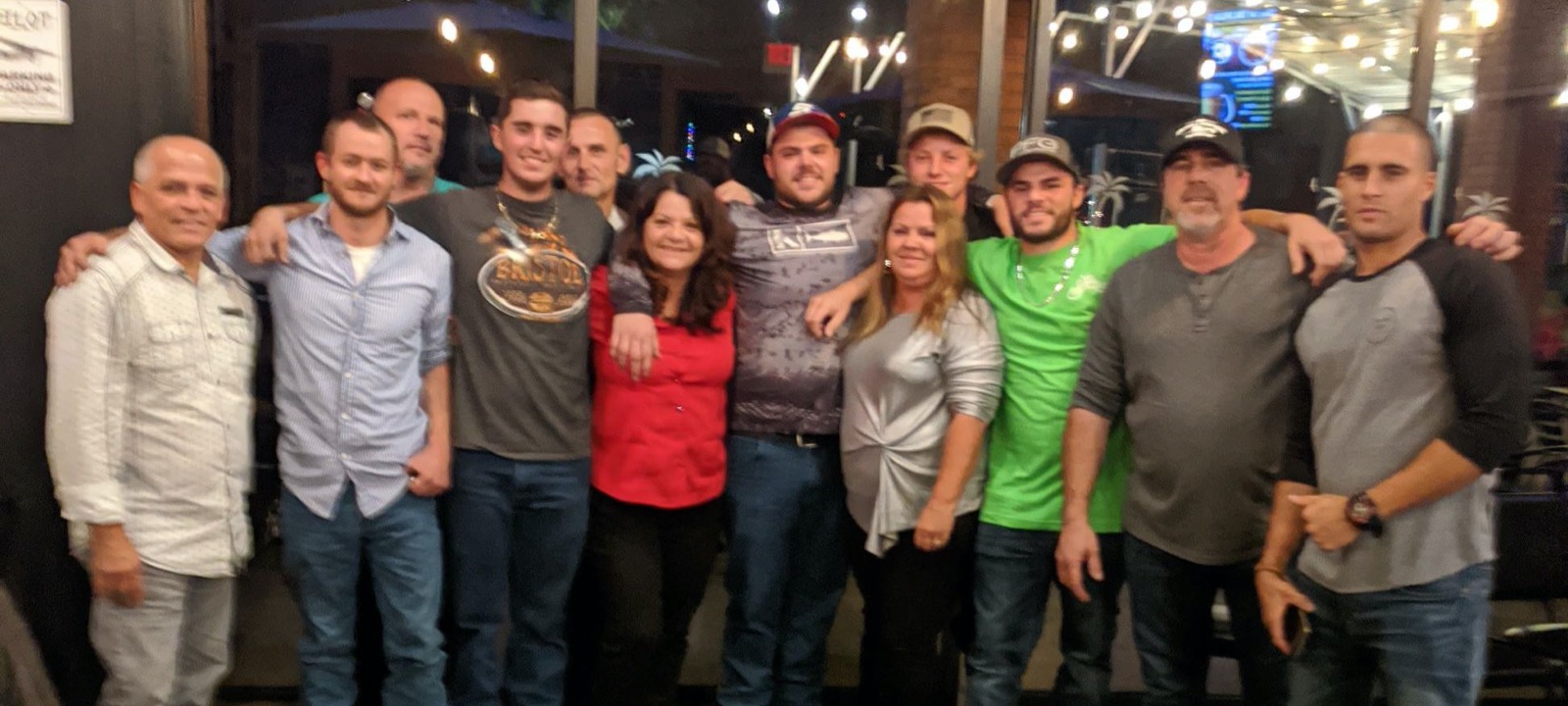

ABOUT AAA SEMI-TRUCK & TRAILER
AAA arrived on the scene in 2003. Founded by Gregory and Jeanne Sardinha in Lake County, Florida, AAA began life as a mobile service shop.
Their first customer was a little brand you’ve probably heard of – Home Depot. That particular contract saw them looking after 500 trailers, 75 trucks, and 159 doors with dock plates. They weren’t just looking after the vehicles, either; when the warehouse loaded up the trucks and sent them out, AAA stepped in to repair loading docks and the like.
That kind of clientele helped them establish themselves quickly; by 2008 they bought the first of their three service repair shops.
They’d enjoyed some boom years with Home Depot, but in 2009 that company took their business out of state. Losing a cornerstone client is always tough, but Gregory and Jeanne had quietly built up the business and were ready to keep expanding – they just needed to overcome a few challenges first.
WHAT DID AAA NEED?
AAA came to Fullbay hoping it would help them move past some of their operational difficulties.
“you send a guy out for an hour drive and they don’t have one bolt, that can cost them the entire night.”
CHALLENGE #1: TRACKING TECHS AND BANDWIDTH
By 2018, AAA had three locations with mobile technicians attached to each. Their focus on mobile service presented a unique challenge: they had all the transparency and tracking slowdowns of a repair shop with a physical location multiplied by the number of techs they had scattered across the state of Florida.
It wasn’t about a lack of process, either; AAA had all the necessary ducks in a row. But think about the chain information needs to pass through to get from one person to another. Look at how much paperwork chasing and information-hunting goes on in a regular repair shop. Throw in techs who don’t even have a regular physical location – who could be anywhere in the state at any given moment – and you’ve got an idea of how difficult tracking could get.
The tracking difficulties extended to bandwidth and parts. The three locations and numerous mobile techs kept in touch via phone and email, but there was no way to see what each location and tech had going on at any given time – they had lots of pieces of info, but no view of the big picture. If one shop had a rush work order for three trucks but could only handle one of them, Gregory and Jeanne had no idea if the sister shops had room for the other two trucks, or if they could dispatch a mobile tech to handle a sudden freeway repair.
Not being able to see everything at once made it difficult to see how long each tech took to finish up any given job. Maybe a tech could have worked faster on a particular repair, but they had no way to see if that were the case or not. Beyond that, if someone forgot to add a part to an order form, that could throw off everything. Not having the right part on hand meant the job couldn’t be completed; more labor hours were sucked down into the void.
There had to be a way to run more efficiently!
CHALLENGE #2: TRACKING MOBILE INVENTORY
Each tech had their own truck with their own tools and stash of parts. You can imagine what ended up happening: no matter how meticulously a tech maintained their records, someone, somewhere, was going to forget to mark down a part they’d run out of.
If a tech has used all of a certain kind of bolt on a busy day and forgotten to note it, the shop can’t resupply them. They head out to another job, get there, and realize – oh no! – Those bolts they ran out of are exactly the ones they need for this repair. Best-case scenario, they waste time rushing off to the shop or a supplier to get the bolts they need. Worst-case scenario, the repair went to someone else.
ENTER FULLBAY
The crew at AAA knew they needed to implement a program to rectify the transparency and tracking issues; their continued growth depended on it.
AT LAST, THE BIG PICTURE
We don’t like to refer to Fullbay as a miracle or a silver bullet, but it solved a great many problems for AAA as soon as it was implemented. For the first time, everyone with the proper access could see exactly what every other shop or truck had in stock – and what all their techs had lined up, as well as how long it took them to do things.
“Now with Fullbay, I can go on there and see exactly what they are working on or what jobs they are clocked into… I have three locations, so now from my one location I can monitor how much work each location has”
If a tech uses their last three bolts on a repair, Fullbay tracks it and adds it to a parts report, then informs the parts manager that they’ll need more. The parts manager can then make the order when they’re ready. If another tech has a few extra hours in a day due to a cancellation or a project that finished up early, Fullbay shows the office manager this and lets them assign out additional work.
Best of all, no one’s chasing paper anymore! Fullbay tracks everything and keeps it in the cloud so it can be accessed by anyone who needs it.
INCREDIBLE GROWTH
The new growth and additional income propelled by Fullbay allowed AAA to try something new: experimentation. Soon AAA was implementing bonuses based around technician efficiency. Since managers and techs could see exactly what was on their plate every day and every week, they could also see where they had room to improve. If they made those improvements, they had a nice bonus headed their way.
The program was a hit: techs were incentivized to be efficient, more vehicles were serviced, and the techs were rewarded for their efforts. More vehicles are serviced.
That’s what we call a win-win situation.
EYE ON THE PRIZE
You know what else we call a win-win situation? The 36% increase in labor revenue and 40% net profit AAA saw after adopting Fullbay.
We aren’t big on tooting our own horn (well…OK…maybe we are) – but those are some pretty impressive numbers for any shop. We’re thrilled that we’ve helped AAA come so far, and we can’t wait to see what they do next!




